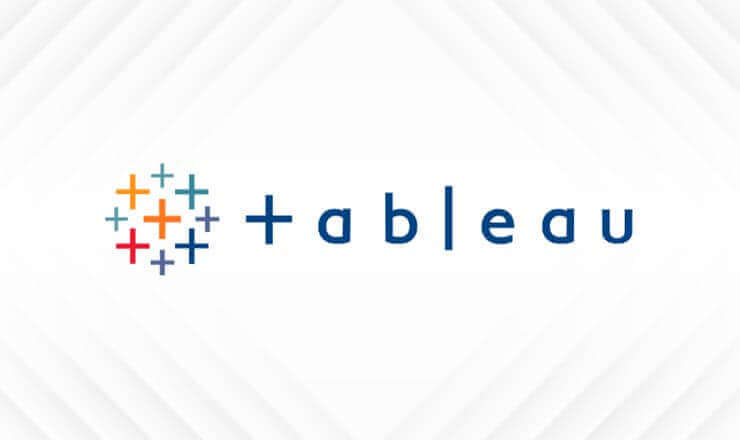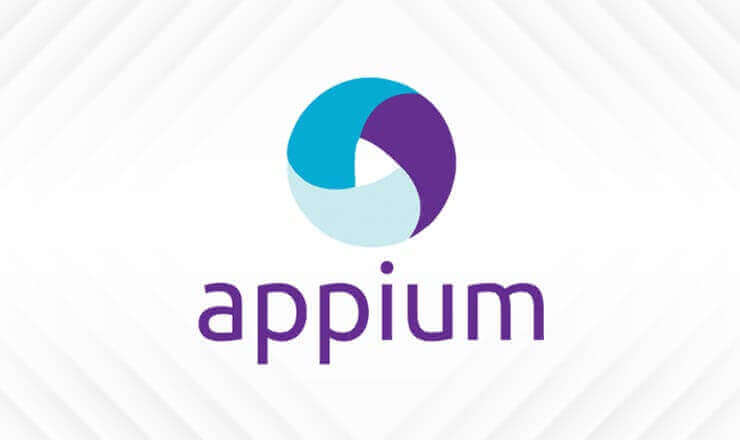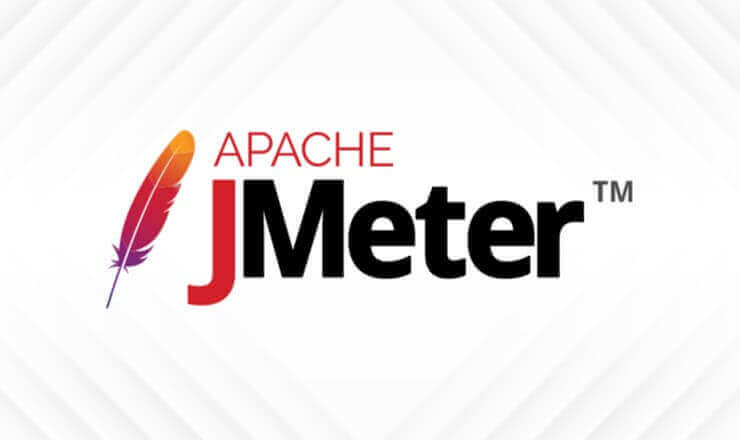Our Java Backend Developer course, made richer with essential languages, libraries, and systems, prepares you for different job titles. TechPro's course content, going from programming to database systems, opens up promising career opportunities in back-end development.
Summary
Backend Developers work in the application development background and design structure of the whole software system. These experts are similar to cooks working in the kitchen of a restaurant. Just as the quality and flavour of the food depend on the cook’s skill, the performamce of an application depends on the backend developer’s skill.
Backend developers use a variety of programming languages such as Python, C#, PHP, JavaScript and Java. In our course, in addition to programming languages, we teach you about using in the best way all the necessary libraries and systems that you will use in real work experience. Moreover, we have added a lot of extra content to our lessons that will take you a few steps forward in your career search. At the end of the course, you will have fully learned about many areas at the heart of this industry, from basic programming skills to database management systems.
Job Title Targets
- - Java Backend Developer
- - Java Developer
- - Database Administrator
- - API Developer
- - Systems Architect
Course Content
Basic Java
Basic Java covers learning the features and functions that form the basis of the Java language. Topics such as the basic structure of Java, language features, data types, operators, loops, arrays, methods and so on are included in Basic Java. In addition, Basic Java often includes Java's object-oriented programming (OOP) features: classes, objects, inheriting elements, polymorphism (elememts of many shapes), abstract elements and encapsulating elements.
Lambda
A lambda expression is an easy way to represent a function with no name in Java. An unknown function doesn’t have a name and can be treated as a value. This is a feature introduced in Java 8 as part of the improvements to the functional programming of Java.
Git-GitHub
GitHub is a platform for hosting Git stores but includes its features. Git is a command line application, whereas GitHub offers a Web-based graphic connection.
SQL
SQL is the short form for Structured Query Language. This language is used to manage and control related databases. SQL offers a standard connection for interacting with databases and carrying out tasks such as creating, changing, and getting data.
Advanced Java
Advanced Java is everything beyond basic Java. It refers to a wide range of features and libraries developed on top of the base of the Java programming language. Generic Types, Multithreading, Serialisation and Deserialization, are a few of the tools and APIs that extend the abilities of Java for creating business-level applications.
JDBC
JDBC is short form for Java Database Connection. An API (Application Programming Interface) enables Java applications to interact with databases and run database operations. JDBC provides classes and methods for connecting to databases, running SQL statements, getting and controlling data, and managing database business.
MongoDB
MongoDB is a popular open-source NoSQL database management system that provides flexible and high-performance document-based storage that can be scaled up. Unlike traditional relational databases that show relations, MongoDB does not store data using tables and fields. Instead, BSON (Binary JSON) stores data in flexible, JSON-like documents with dynamic schemes.
Hibernate
Hibernate is a Java system that helps with the development of database-aware Java applications. It is an open-source ORM (Object Relational Mapping) application that you can more from place to place. Hibernate implements the JPA (Java Persistence Architecture) requirements.
Restful API (JAX-RS): Web Services - Restful API
A RESTful API is an application programme interface (API) design that architectur the uses HTTP requests to access and use data.
Spring System
Spring is an open-source project. It has a large and active community provides continuous feedback based on different cases of real-world use. This has allowed Spring to develop and become more effective over a very long period of time.
Design Pattern ( Recording )
A design pattern is a general solution to a frequently seen problem in software design that can be used again and again. It is a proven and well-documented method for solving particular design problems, providing a organized and effective way for developing software systems. Design patterns offer developers a common language and best practices for communicating and solving repeated design issues. They serve as a guide for creating strong, flexible, code that can be maintained by including the years of experience and knowledge of many software development professionals.
Algorithms ( Recording )
An algorithm in computer science is a step-by-step procedure or a set of rules for solving a specific problem or completing a particular task. It is a well-defined series of instructions designed efficiently to perform a calculation, to process data, or to solve a problem.
Advanced SQL ( Recording )
Beyond the basic elements of SQL, advanced SQL refers to more complex and stronger features and techniques. It consists of sophisticated quertioning, data control, and improvement techniques that enable advanced and efficient database operations.
Unit Test
A unit test is a form of software testing that checks if individual software system elements or parts are correct. It involves testing small, separate code sections, usually at a function or method level, to make sure that they perform as expected.
Microservices With Spring Boot
Microservices enable the construction of complex systems from several cooperating parts. It loosely links processes instead of loosely linking elements, as Spring has always done at the level of parts.
Timetable
English Course Day Time Timetable
|
Day
|
EST
|
CET
|
TSI
|
|
Monday
|
-
|
-
|
-
|
|
Tuesday
|
10:00 am.- 12:50 pm
|
16:00 - 18:20
|
17:00 - 19:50
|
|
Wednesday
|
10:00 am.- 12:50 pm
|
16:00 - 18:20
|
17:00 - 19:50
|
|
Thursday
|
10:00 am.- 12:50 pm
|
16:00 - 18:20
|
17:00 - 19:50
|
|
Friday
|
10:00 am.- 12:50 pm
|
16:00 - 18:20
|
17:00 - 19:50
|
|
Saturday
|
10:00 am - 02:20 pm
|
14:00 - 20:20
|
17:00 - 21:20
|
|
Sunday
|
10:00 am - 02:20 pm
|
14:00 - 20:20
|
17:00 - 21:20
|
- EST : Eastern Standard Time
- CET : Central European Time
- TSI : Turkish Time
English Course Night Time Timetable
|
Day
|
EST
|
CET
|
TSI
|
|
Monday
|
07:00 pm - 09:50 pm
|
01:00 - 03:50
|
02:00 - 04:50
|
|
Tuesday
|
07:00 pm - 09:50 pm
|
01:00 - 03:50
|
02:00 - 04:50
|
|
Wednesday
|
07:00 pm - 09:50 pm
|
01:00 - 03:50
|
02:00 - 04:50
|
|
Thursday
|
07:00 pm - 09:50 pm
|
01:00 - 03:50
|
02:00 - 04:50
|
|
Friday
|
-
|
-
|
-
|
|
Saturday
|
10:00 am - 02:20 pm
|
16:00 - 19:20
|
17:00 - 21:20
|
|
Sunday
|
10:00 am - 02:20 pm
|
16:00 - 19:20
|
17:00 - 21:20
|
- EST : Eastern Standard Time
- CET : Central European Time
- TSI : Turkish Time
Turkish Course Night Time Timetable
|
Day
|
EST
|
CET
|
TSI
|
|
Monday
|
01:30 pm - 04:20 pm
|
19:30 - 22:20
|
20:30 - 23:20
|
|
Tuesday
|
01:30 pm - 04:20 pm
|
19:30 - 22:20
|
20:30 - 23:20
|
|
Wednesday
|
01:30 pm - 04:20 pm
|
19:30 - 22:20
|
20:30 - 23:20
|
|
Thursday
|
01:30 pm - 04:20 pm
|
19:30 - 22:20
|
20:30 - 23:20
|
|
Friday
|
11:30 am - 04:20 pm
|
17:30 - 22:20
|
18:30 - 23:20
|
|
Saturday
|
11:30 am - 04:20 pm
|
17:30 - 22:20
|
18:30 - 23:20
|
|
Sunday
|
-
|
-
|
-
|
- EST : Eastern Standard Time
- CET : Central European Time
- TSI : Turkish Time
Note: Please note that schedules may change due to daylight saving time in summer and winter.
FAQ
What kind of jobs does the Backend Developer program prepare us for?
The Backend Developer program prepares you for different roles and responsibilities in the field of backend development. Some of the jobs you can take after completing the program include:
Backend Developer/Engineer: This is the most common role for backend developers. You will be responsible for designing, developing, and maintaining the server-side part of web applications, APIs, and databases.
API Developer: In this role, you will specialize in designing and developing APIs (Application Programming Interfaces) that allow different software systems to communicate. You will focus on creating efficient APIs that can be scaled up for smooth data exchange.
Database Administrator: As a database administrator, you will manage and improve databases used in web applications. You will make sure that data is reliable, performs well, and is secure and you will handle tasks like creating data models, creating an index, improving queries, and backup and recovery.
Systems Architect: As a systems architect, you will be responsible for designing web applications' overall structure and architecture. You will decide on the technology arrangements, combination patterns, the ability top scale up, and performance improvements.
These are just a few examples of the roles that a Backend Developer program can prepare you for. The specific opportunities will depend on the pular skills, usual technologies, and industry demand in your region.
Why should I choose a training course in Backend Developer?
There are several important reasons to choose a training course in Backend Development:
In-Demand Skills: Backend development is a highly sought-after skill in the tech industry. Getting expertise in backend technologies will improve your employment prospects and open doors to a wide range of job opportunities.
Career Growth: Backend development offers excellent career growth potential. As businesses rely on web applications and data-driven systems, the demand for skilled backend developers is expected to grow. Investing in a training course allows you to position yourself for long-term career progress.
Staying Versatile: Backend development skills can be used across different industries and fields. Whether you're interested in e-commerce, finance, health, or any other area, the need for strong backend systems is universal. This fact allows you to explore various industries and adapt to changing market trends.
Working together with Front-End Developers: Backend developers work closely with front-end developers to build well-matched web applications. By understanding the complex elements of backend development, you can work together effectively with front-end teams, resulting in smooth user experiences and improved performance.
Problem Solving and Scientfic Thinking: Backend development involves solving complex problems and using scintific thinking to handle data processing, security, and system improvements. It provides a mentally stimulating environment where you can continuously improved your problem-solving skills.
Continuous Learning: The field of backend development is dynamic, with new technologies and systems appearing regularly. Following a training course in Backend Development makes sure that you stay updated with the latest industry trends and continue to learn and grow in your profession.
Important Contributions: Backend developers play a key role in building the basic elements of web applications. Learning all about backend technologies, you can make significant contributions to developing secure and efficient systems that can be scaled up, and that power businesses and improve user experiences.
TechPro Education’s Backend Development course offers a rewarding career path, growth opportunities, and the chance to work on significant projects in a dynamic and developing field.
How much does a Back-end developer earn on average?
The Average Salary of a Back-end Developer is $159k a year in the USA.

























